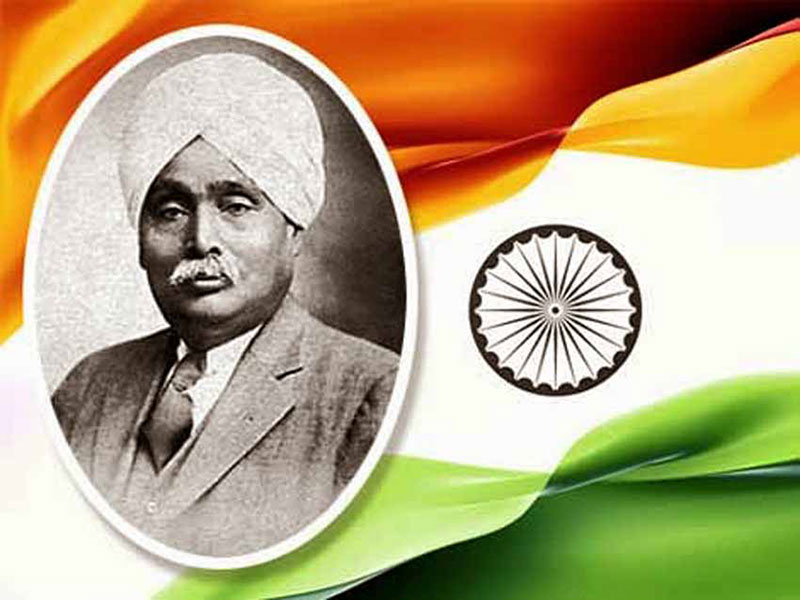“If I had the power to influence Indian journals, I would have the following headlines printed in bold letters on the first page: Milk for the infants, food for the adults and education for all.” — Lala Lajpat Rai (January 28, 1865 – November 17, 1928)

We recently celebrated India’s 70th Republic Day with much pomp and grandeur. However, in order to fetch us independence, several great leaders of our country sacrificed their lives during the freedom struggle. One such great leader of India’s freedom movement is Lala Lajpat Rai also popularly known as Punjab Kesari. On the occasion of this great freedom fighter’s 154th birth anniversary, we bring to you some interesting facts about his life.
- Punjab Kesari was born on January 28, 1865 to a Persian government school teacher Munshi Radha Krishan and his wife Gulab Devi in Dhudike, Punjab.
- In 1877, Rai was married to Radha Devi. The couple had three children, two sons — Amrit Rai and Pyarelal, and a daughter — Parvati.
- Rai pursued his initial education in the Government Higher Secondary School, Rewari.
- Rai’s liberal views were influenced and shaped by his father and deeply religious mother during his early life.
- In 1880, Rai desired to pursue law and enrolled in a government college at Lahore. It was here that Rai came in contact with the future freedom fighters such as Lala Hans Raj and Pandit Guru Dutt.
- Inspired by the Hindu reformist movement of Swami Dayanand Sarasvati, Rai became a member of Arya Samaj Lahore.
- A true patriot with deep desire to serve the nation, Rai took a pledge to free it from the clutches of British rule.
- In 1914, Rai quit his law practice and dedicated himself to the freedom movement.
- In October 1917, Rai founded the Indian Home Rule League of America in New York and stayed in the United States till 1920.
- Rai was elected as the President of the Indian National Congress in the Calcutta Special Session of 1920.
- In 1928, a commission, headed by Sir John Simon, was set up by the British government. The commission was meant to report on the political situation in India. The Indian political parties boycotted this commission, since it did not have a single Indian figure. This commission was met with severe protests from across the country.
- On October 30, 1928, Rai led the non-violent march in protest against the commission when it visited Lahore. The then superintendent of police, James A. Scott, gave orders to the police to lathi charge the protesters and personally assaulted Rai.
- Rai was severely injured in the lathi charge and irrespective of it bravely addressed the crowd and said, “I declare that the blows struck at me today will be the last nails in the coffin of British rule in India”.
- Following this incident, Rai did not completely recover from his injuries and eventually succumbed to a heart attack on November 17, 1928.
























